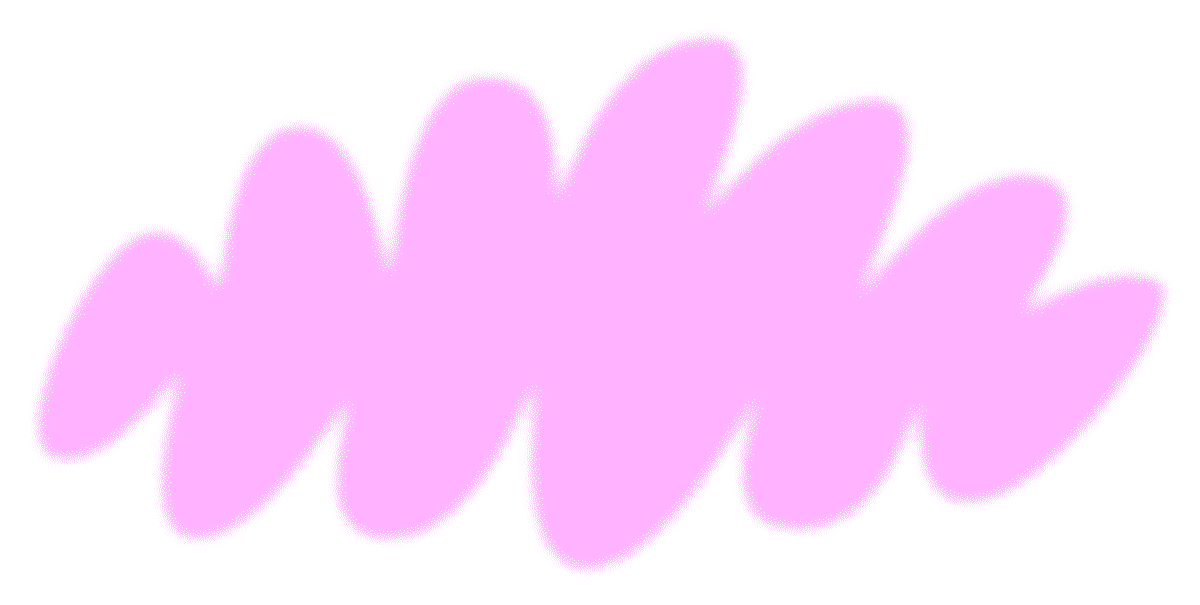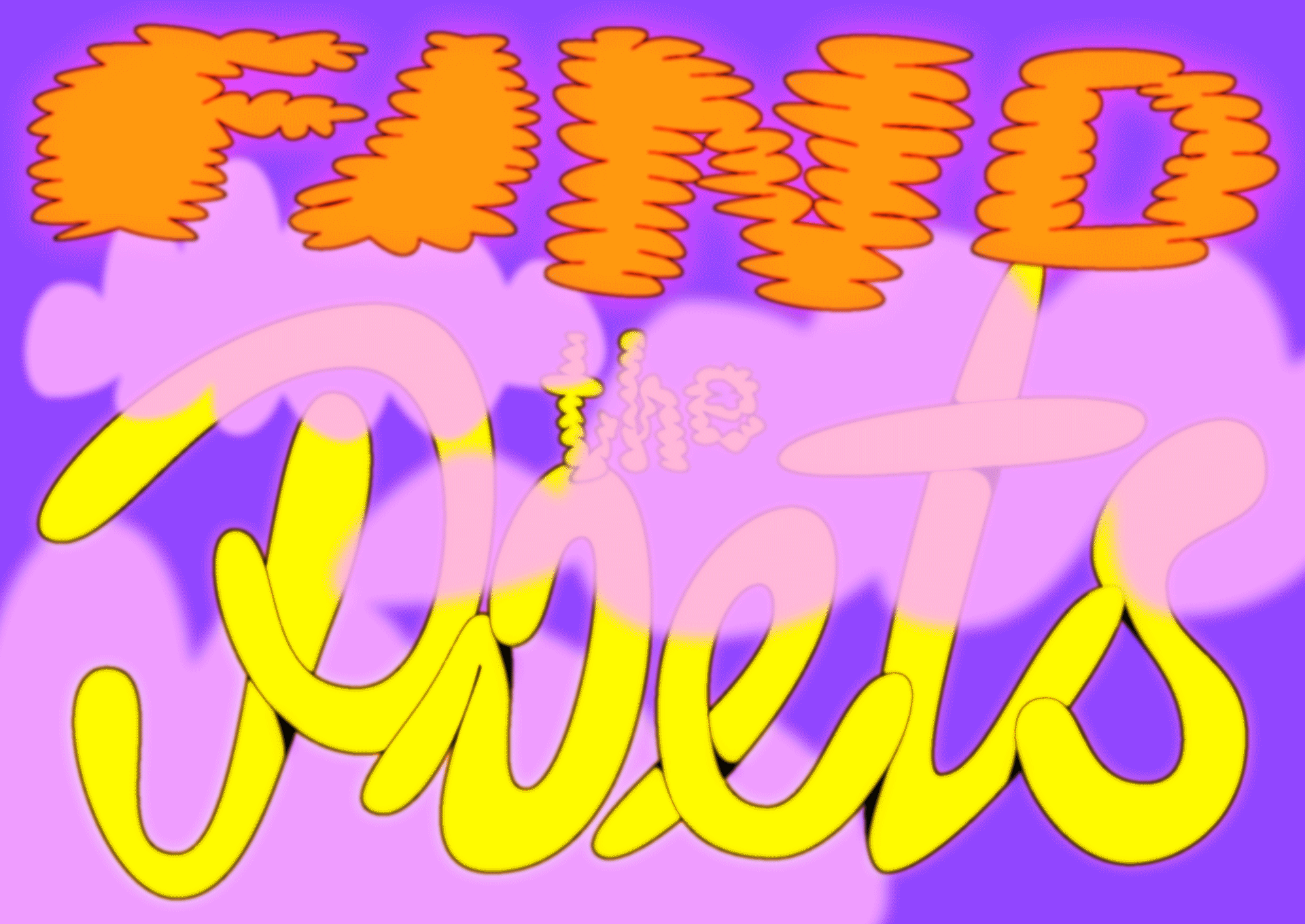I get in trouble when I don’t read poetry. Case in point: One day, I was bouncing a script for a tech client off a colleague I trust. “Starts off interesting,” he said. “It ends well, too. But that line in the middle — eesh. That’s not language. That’s jargon.”
I felt that twinge of panic you get when you’re on an airplane and you think you left your oven on. I retraced my steps through the script. Sure enough, nestled in the middle were a handful of words that reeked of PowerPoint. Instead of saying something new about the client in a way people could understand, they screamed, “This is techy lingo to make sure you know we’re talking about techy stuff.”
I immediately saw what I’d done. I’d read the client website and every industry article to understand what I had to say — but I hadn’t read any poetry to think of a new way to say it.

The first thing I read after that meeting was a poem shared with me years ago, after a similar misstep, called “Working Together” by David Whyte:
We shape our self
to fit this world
and by the world
are shaped again.
The visible
and the invisible
working together
in common cause,
to produce
the miraculous.
I am thinking of the way
the intangible air
passed at speed
round a shaped winged
easily
holds our weight.
So may we, in this life
trust
to those elements
we have yet to see
or imagine,
and look for the true
shape of our own self,
by forming it well
to the great
intangibles about us.
It’s an amazing piece of writing, but just hold onto it for a bit — I’ll come back to it in a minute.

If industries are good at one thing, it’s generating their own lingo. I get it. Having a shared language creates a useful shorthand, and in select instances, it can be wonderful. (I smile every time a waiter in a diner barks my rye toast order out as “Whiskey down!”) But, as a rule, corporate buzzwords rarely speak to — let alone stir — the humanity in any of us.
Enter poetry, language’s attempt to capture the essence of an experience. At its best — from Angelou to Yeats — you realize that what you’ve just read is how you’ve always felt, you just never had words to describe it before.
The same goal should apply to writing for a brand. The language we owe the people who see our work can’t be made by rejiggering stock phrases. Instead, we have to surface the truth that’s been buried and forgotten inside those stock phrases poetically — with words that are fresh, meaningful, and insightful.
It reminds me of the old quote, “If you want to know what’s going on in a city, find the poets.” These days I like to paraphrase it as, “If you want to find new ways to talk about what’s going on in an industry, find the poets.”
That’s why I turned to that David Whyte poem to fix my script. It’s why I find it helpful to read new poets, old poets, famous poets, forgotten poets, good poets — and, yes, even a few bad poets. To be clear, I’m not setting out to write a “poem” with a rhyme scheme or in couplets; rather, I’m hoping to open my ears to new forms of expressing a truth, which, I believe, is what every client wants for their brand.
Now, I’d like you to think back to “Working Together,” but with this new bit of information: It was written by Whyte for The Boeing Company to use at an internal event marking the introduction of a new 777 passenger jet.
Yes, it’s language for a techy corporate client.
No, there isn’t a single buzzword in sight.
But, it surfaces deeper truths about aeronautics — the mystery of flight, creativity and collaboration — in a way that’s fresh for the industry while also timeless to anyone who reads it.
The writing is so strong, it doesn’t lose an ounce of magic when you realize it’s for Boeing. If anything, you start to look at — and listen to — Boeing with a different appreciation.
This is why David Whyte has become one of many poets I make sure to read (and re-read) before every project, along with Mary Oliver, Pablo Neruda, Rae Armantrout, and countless others.
At worst, this habit gives me an excuse to reconnect with great pieces of writing.
At best, it keeps me out of trouble by pointing to new language that’s always evolving to express whatever people (and hopefully brands) need to say.
Tom Elia is a VP, Creative Director at COLLINS.
Artwork by Zuzanna Rogatty, Senior Designer.